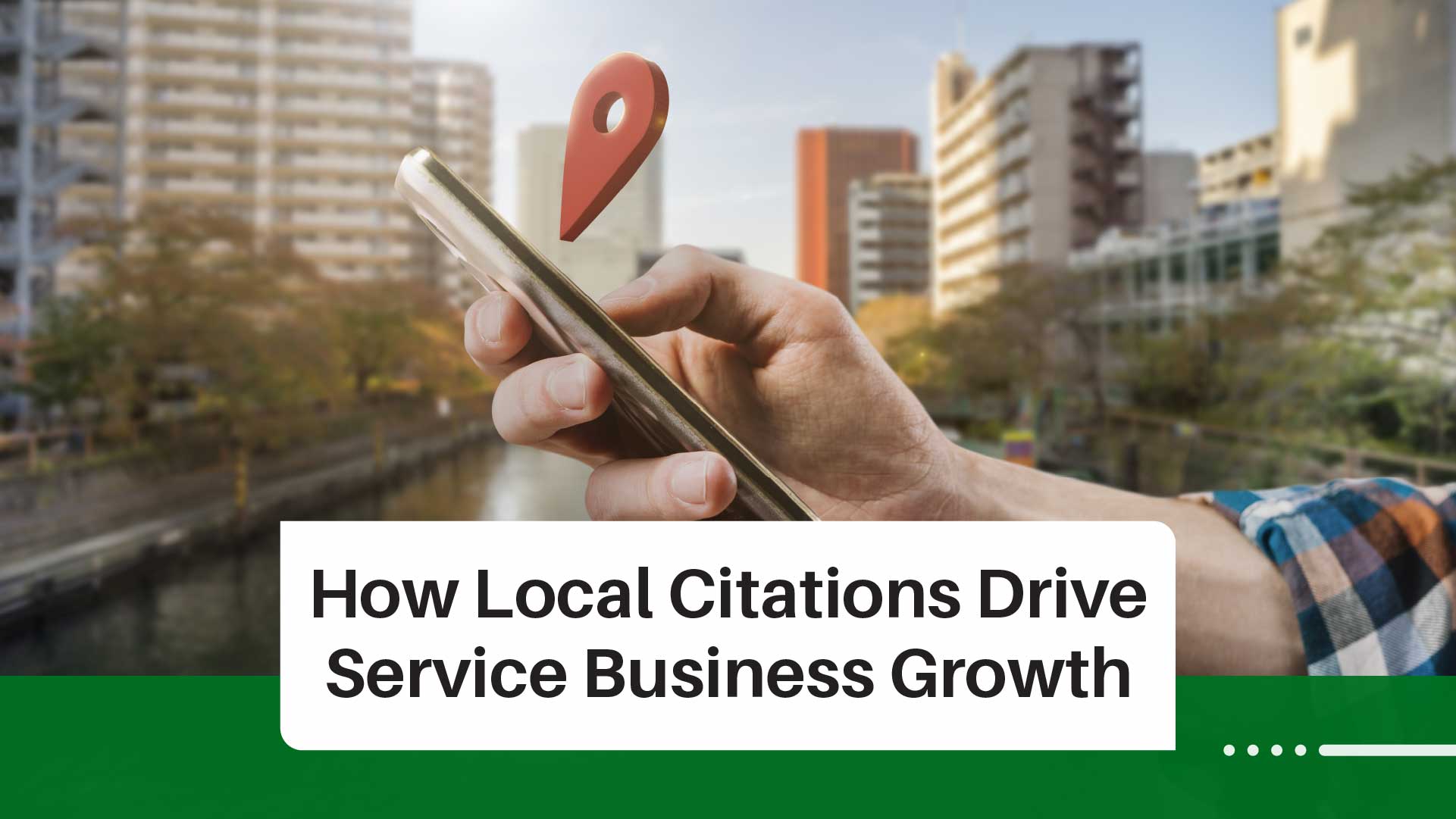It's 2 AM, and Sarah's just settled into the familiar rhythm of the night's bottle feeding when she feels it – that telltale splash of unexpected water beneath her feet. With a sleeping baby in one arm and her phone in the other, she does what millions of homeowners do in moments of domestic crisis: she Googles "emergency plumber near me."
At that moment, your business's online reputation isn't just about stars and reviews – it's about being the trusted solution for a mom who needs her kitchen sink fixed before breakfast time. In today's digital age, your reputation isn't just what neighbors share at weekend barbecues – it's what Google tells them before they even pick up the phone.
Throughout this guide, we'll look at real-world strategies implemented by successful home service businesses. To help illustrate these approaches, we'll follow four companies representing different sectors of the home service industry:
- Flo-Bro Plumbing (Raleigh): Mastering emergency service visibility
- Climate Crusaders (Asheville): Excelling in seasonal service optimization
- Mr. Handy Pro: Transforming from solo operation to full-service provider
- Purrfection Cleaning Company: Building recurring revenue through reputation
While these companies are fictional, their strategies mirror those of actual businesses thriving in today's competitive market.
The Digital Foundation: Why Online Reputation Matters
Remember when the phone book was your biggest marketing expense? Those days are gone faster than a rubber duck through a toddler's "experiment" with the toilet. Today's reality:
- 99% of consumers search online for local services (Source Bright Local)
- Somewhere between 7 and 9 users out of 10 never venture past the first 10 search results when doing a Google search. (Sources: Reputation911, TitleTap, and Backlinko)
- 8 out of 10 searchers trust online reviews as much as personal recommendations (Source: Backlinko)
- The majority of local searches result in a phone call or visit within 24 hours (Source: Synup)
Take Flo-Bro Plumbing's journey. When they started, they were as visible online as a leak behind drywall. After implementing a comprehensive online reputation strategy, they now dominate Raleigh's emergency plumbing searches, with an increase in monthly bookings – without additional advertising spend.
Building Your Digital Presence: The Three Pillars
1. Local Search Visibility
Your Google Business Profile is your digital storefront. Climate Crusaders discovered that for every position they moved up in local search results, their weekly call volume increased by 15%. The sweet spot? Being in Google's local pack (top 3 local results) nearly doubled their emergency service calls.
Key elements for local search success:
- Optimized Google Business Profile with service-area specific content
- Consistent NAP (Name, Address, Phone) across all platforms
- Regular posts and updates about services and community involvement
- Swift responses to reviews and questions (aim for under 4 hours)
2. Review Management
Purrfection Cleaning Company found that maintaining a 4.8+ star rating led to a higher conversion rate on their recurring service packages compared to when they had a 4.5 rating. Their approach:
- Automated review requests after service completion
- Personalized response templates for different review types
- Regular team training on service excellence
- Proactive issue resolution system
3. Content Strategy
Mr. Handy Pro built their authority through strategic content development:
- Service area-specific landing pages
- Seasonal maintenance guides
- Emergency response resources
- Before/after project galleries with detailed case studies
The Technical Framework
Your online presence needs a solid technical foundation to support your reputation. Key elements include:
Mobile Optimization
With the majority of emergency service calls coming from mobile devices, your site must be:
- Lightning fast (under 3-second load time)
- Easy to navigate with one thumb
- Click-to-call enabled
- Location-aware for service area verification
Schema Markup
Help search engines understand your business by implementing the following:
- LocalBusiness schema with service area specifications
- Service-specific markup for each offering
- Emergency availability indicators
- Review and rating integration
Voice Search Optimization
As more customers use voice assistants, optimize for:
- Natural language patterns ("near me" searches)
- Question-based content structure
- Local landmark references
- Emergency service triggers
Video Content
Mr. Handy Pro's video strategy led to 43% longer site visits:
- Service explanation videos
- Customer testimonials
- Team introduction features
- Emergency response demonstrations
Community Leadership and Market Dominance
Building a strong local presence requires more than just digital optimization – it demands genuine community involvement. Here's how our example companies built lasting local authority:
Digital Community Building
Mr. Handy Pro transformed their local presence through strategic online engagement:
Online Resource Hub
- Monthly virtual workshops on home maintenance
- Emergency preparedness guides by season
- DIY maintenance tips library
- Live video demonstrations
Social Media Leadership
- Neighborhood-specific Facebook and NextDoor groups
- Live Q&A sessions on common issues
- Real-time emergency updates
- Seasonal maintenance tip series
Local Digital Partnerships
- Cross-promotion with complementary services
- Joint virtual events with real estate agents
- Digital coupon sharing with neighborhood associations
- Online workshop collaborations
Physical Community Integration
Climate Crusaders combines traditional community presence with digital authority:
Educational Leadership
- Seasonal maintenance workshops
- Emergency preparedness seminars
- Vocational program partnerships
- Home show demonstrations
Community Engagement
- Emergency response team partnerships
- Local charity event participation
- Community Advisory Board membership
- Neighborhood association partnerships
Recognition Programs
- Quarterly "Home Hero" awards
- Customer appreciation events
- Referral reward systems
- Long-term loyalty benefits
Implementation Timeline: The 90-Day Plan
Let's break down this comprehensive strategy into manageable phases:
Phase 1: Foundation (Days 1-30)
Week 1: Digital Basics
- Optimize Google Business Profile
- Conduct website technical audit
- Set up a review management system
- Analyze local competition
Week 2-4: Content Development
- Create core service pages
- Develop emergency service content
- Build local area landing pages
- Establish a review request system
Phase 2: Growth (Days 31-60)
Technical Implementation
- Complete mobile optimization
- Deploy schema markup
- Implement voice search optimization
- Set up video hosting
Content Expansion
- Launch community resource center
- Create a seasonal content calendar
- Develop customer success stories
- Begin local partnership outreach
Phase 3: Optimization (Days 61-90)
System Automation
- Automate review requests
- Set up maintenance reminders
- Implement follow-up sequences
- Launch loyalty program
Community Integration
- Start a virtual workshop series
- Launch neighborhood groups
- Implement referral program
- Begin community events
Measuring Success
Track these key performance indicators:
Digital Metrics
- Search ranking improvements
- Review generation rate
- Mobile conversion rates
- Video engagement stats
Business Impact
- Lead generation increase
- Customer acquisition cost
- Repeat customer rate
- Emergency response time
Community Growth
- Event participation rates
- Partnership referrals
- Social media engagement
- Resource download numbers
Quick-Start Implementation Guide
For busy service pros who need immediate action items:
Must-Do Actions (Week 1)
- Complete Google Business Profile
- Set up automated review requests
- Create an emergency service page
- Implement click-to-call buttons
Priority Investments
- Mobile-friendly website
- Review management system
- Basic video equipment
- Local event sponsorship
Expected Timeline
- 30 Days: Basic online presence
- 60 Days: Review system running
- 90 Days: Visible ranking improvements
- 6 Months: Community authority established
Conclusion
Building a strong online reputation isn't a one-time task – it's an ongoing commitment to excellence that reflects the quality of your service work. Just as you wouldn't install a water heater and never maintain it, your online presence needs regular attention to keep performing at its best.
The success stories of our example companies show that local service businesses can compete and win in the digital space. Their experiences prove that with the right strategy and consistent execution, you can build an online reputation that brings in a steady stream of new customers while strengthening relationships with existing ones.
Remember, in the home services industry, trust is your most valuable asset. Your online reputation should be working as hard as you do to build and maintain that trust.
Ready to start building your online reputation? Don't let another day of potential leads slip away. Contact me to develop a customized strategy for your home services business.





